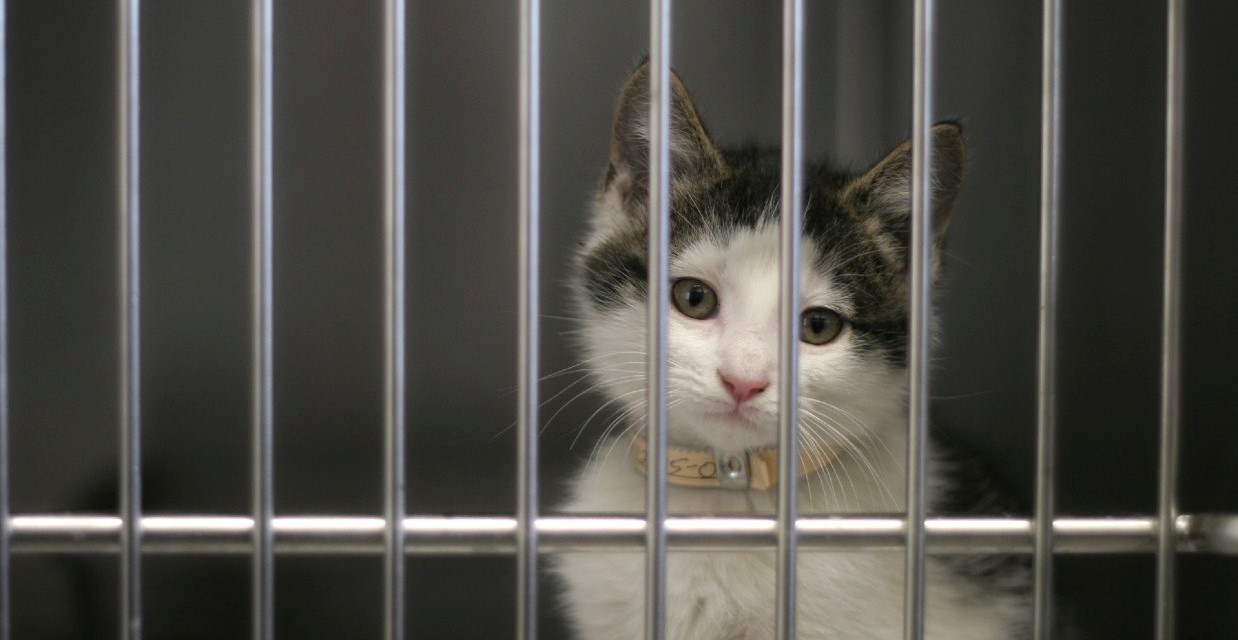Bringing a new cat home is always special. You get to incorporate them into your household and help them feel at home. If you’re looking to foster or adopt a rescue cat, there are some additional things to keep in mind.
Get Permission
This sounds obvious, but you’ll want to make sure you are allowed to have a cat, so check with your household and/or landlord first. Rescue cats are more sensitive to change as they have already been moved around, so reduce their stress by ensuring they can stay with you for a good while.
Keep in Touch with the Rescue Group
It is especially important to keep the rescue group informed of the cat's well-being when fostering, but also a great idea when adopting. A good rescue group will want to ensure the cat is settling in and should be able to answer questions you may have about this transition.
As a foster carer, you’ll need to regularly contact the rescue group to update them on the cat’s progress, schedule vet appointments, provide photos and info for their adoption profile, and hear of any upcoming meet and greets.
Give the Cat Space
Remember to give the cat enough time to settle in and explore at their own pace.
Even if the household is eager to play with the new foster or adopted cat, patience now will make for a more relaxed environment later.
When you bring the cat home, take their carrier into the room you’ve set up for them and open the carrier door so that they can wander out in their own time. Make sure you’ve got a litter tray set up, a food and water bowl and some toys.
The room should be cat-proof (with secure windows, no loose cords, and no small spaces where they can get stuck) and then leave them to settle in.
Let them Come to You
Rescue cats are not all the same - some are timid, some are smoochy, some are fearless - and determining how long it will take them to feel comfortable around you can be tricky.
Check on them regularly and sit in their room so they can get used to you.
By allowing the cat to approach you, they get to set the pace and learn that they can trust you. This is an important lesson, especially for those kitties who have had a traumatic past or limited exposure to people.
Be Prepared to Let Go
This one applies to fostering, and it tends to be the hardest part. The goal of fostering is to take care of the cat while they are awaiting adoption. This could be because they’re too young to be desexed and therefore adopted, or it might be due to needing some extra TLC and building their confidence.
It can be bittersweet when your foster kitty is ready for their forever home. Seeing their progress is amazing, but it can be hard to let go.
You can make the handover easier by reminding yourself why you're fostering, for example, how you'll be able to help other cats.
You might want to stay in touch with the new family – I met one of my now closest friends through her adopting my foster cat – but they’re not obligated to do so. If you've built a special bond and find it hard to part with the cat, you might want to consider adopting and becoming their forever family.








